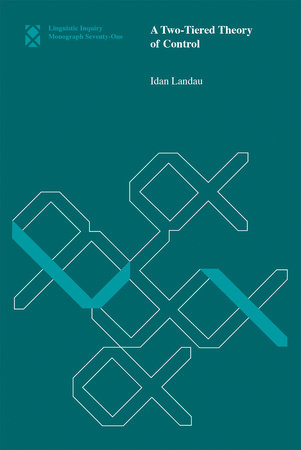
Available on (09-17-24)
Principles of Argument Structure
Book 87
Ebook
$25.99
Popular


Just for joining you’ll get personalized recommendations on your dashboard daily and features only for members.
Find Out More Join Now Sign In













